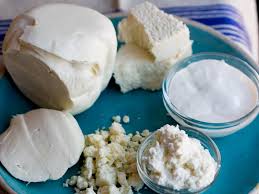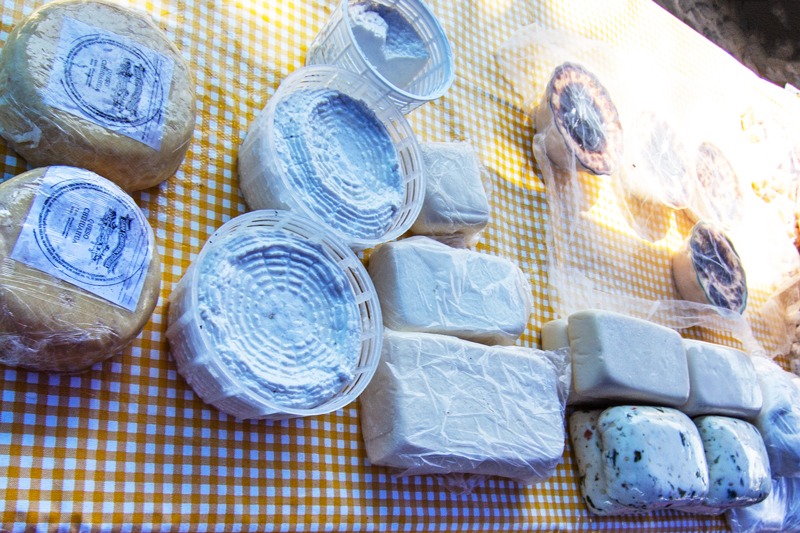So you’ve decided to take a dive into the world of Mexican cheese or queso (KAY-SO) and not sure where to begin. Stick around and learn of the different types and what they may compare to north of the border cheeses, but first here’s a few interesting facts about Mexican cheese.
Dairy products were almost non-existent here until the Spanish invaded the Aztec civilization in the 16th.Century, bringing with them sheep, pork, wine, vinegar and yes – cheese!
Most Mexican cheese is made with raw milk which means the milk is not pasteurized. That makes it much healthier as raw milk is chock-full of healthy amino acids, enzymes and vitamins. Pasteurization, originally introduced in the 1920s to combat diseases from unclean production methods and unhealthy animals, has been said to cause allergies, increased tooth decay and colic to name just a few adverse effects. Raw milk sours naturally, contains higher level of butterfat which is rich in fatty acids, helping to prevent disease and stimulating the immune system.
Most cheeses you’ll find in this part of Mexico are made with cow’s milk, with a few from goat’s milk or a combination of the two. Here’s a quick guide to the most common cheeses found around Lake Chapala.
- Anejo – an aged cheese, dry and salty, may be made either with cow or goat milk. Often sold already grated, it melts well – compared to Romano cheese
- Asadero – excellent for use as a filling when baking or grilling as it melts very well – compared to Provolone or Muenster
- Chihuahua – semi-soft cheese, becomes tangy as it ages. Also used for melting in dishes – compared to Mild Cheddar or Monterey Jack. May be called Queso Mennonita as it was originally produced by the Mexican Mennonite farming Community.
- Cotija – a dry, aged cheese, salty and easily crumbled, does not melt – compared to Parmesan
- Queso Fresco – means “fresh Cheese”, is the most utilized Mexican cheese. Often made from a mixture of cow and goat milk or just cow’s milk, it has a salty, slightly tangy flavour and crumbles well – compared to Feta
- Oaxaca – also known as Quesillo. Made of stretched curds producing a string cheese then rolled into a ball. Having a buttery, mildly savoury taste, – compared to Mozzarella
- Panela – smooth and creamy with a salty, slightly sour flavour, it will soften but not melt. Sometimes served as a fried cheese, it absorbs other flavours easily – compared to Monterey Jack
- Requeson – made with cow’s milk, creamy and curdy, similar in texture to cottage cheese. Great for use in lasagna or stuffing chiles, a mild flavoured cheese that should always be consumed while fresh – compared to Ricotta or Cottage cheese
- Crema Mexicana and Crema Agria – both are cream cheeses, rich and creamy with a lighter texture. The Mexicana can be mild to sour and not suitable for whipping while Crema Agria is a sour cream cheese – each of them can be used in soups, sauces, dressings, desserts, as dips and garnishes and many other uses – compared to Sour Cream
A quick tip for storing your cheese (except cream cheese) – remove the plastic film and wrap the cheese in parchment paper. Place a couple of folded paper towels in your container, place the cheese on top then close the lid tightly, thus allowing the cheese to breath and stay moist longer. Cheese should always be served at room temperature to fully enjoy the flavours.

